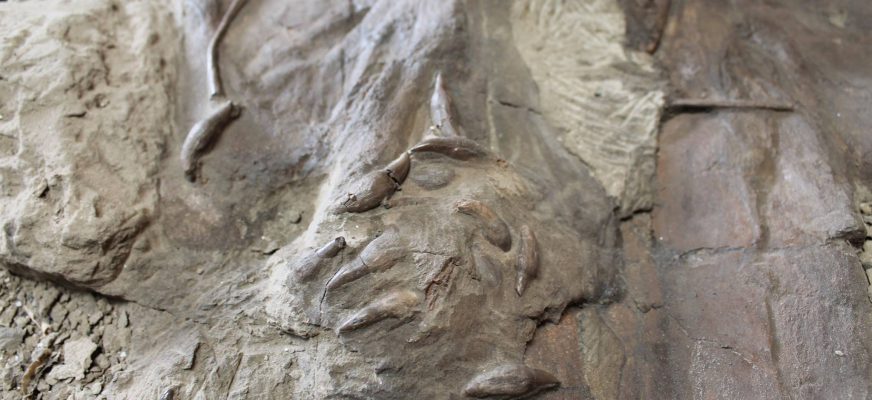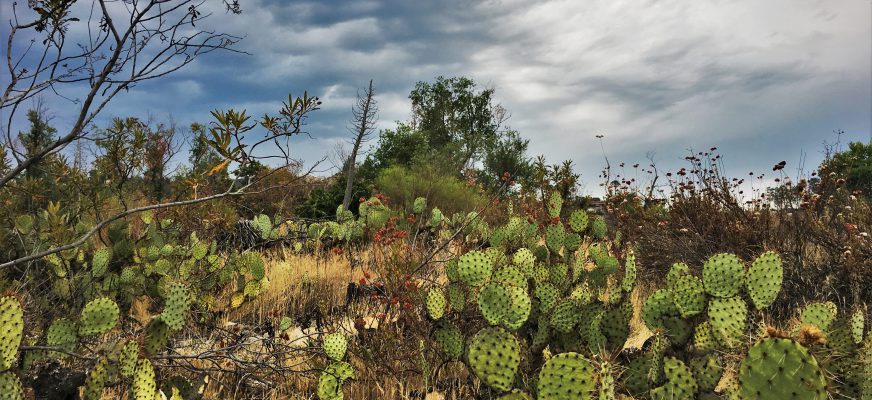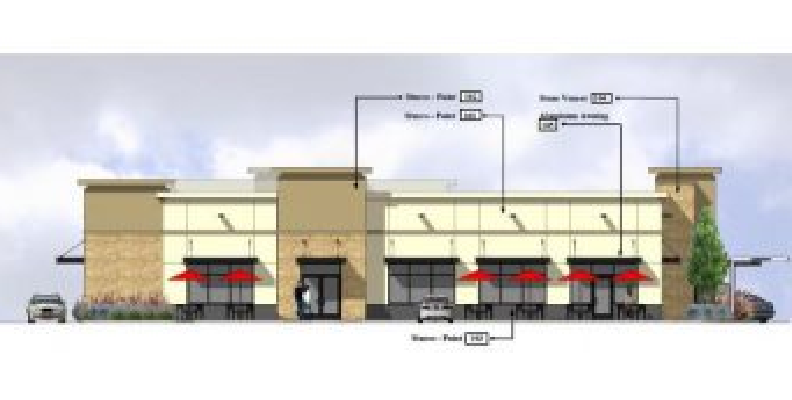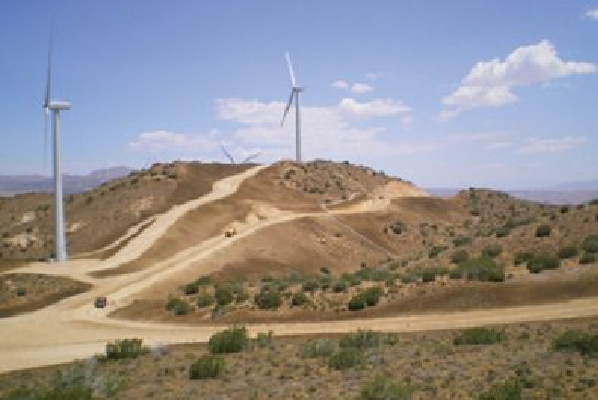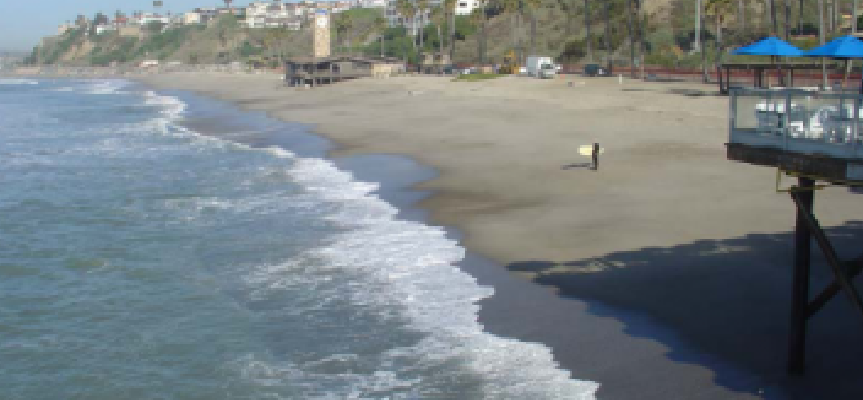San Gabriel River Sediment Management Plan
More than a decade of functional biological analysis dedicated to sediment management throughout this sensitive watershed
- Topographical Analysis
- Emergency Negotiations resulting in millions of project dollars saved
- Vegetation Monitoring
- Macroinvertebrate Monitoring
- Bird Monitoring
- Amphibian Monitoring
- Large Mammal Monitoring
- Stream Characterization
- Water Sampling
- Annual Reporting
Located in the eastern portion of Los Angeles County, the San Gabriel River watershed is a heavily burdened nexus: it drains into the San Gabriel River with major tributaries to the river including Walnut Creek, San Jose Creek, Coyote Creek, as well as numerous storm drains entering from the 19 cities through which the San Gabriel River passes; its channel flow diverts from the riverbed into four distinct spreading grounds held behind several rubber dams; and it is controlled through 10 miles of concrete channel bottom from below Whittier Narrows Dam to past Coyote Creek. All told, The San Gabriel River experiences huge influxes of multiple pollutants of concern. As such, the Los Angeles County Public Works Department (LACPWD) is committed to an array of monitoring and mitigation measures.
Chambers Group has a long history with the LACPWD working on comprehensive biological surveying and monitoring in addition to water analysis and general environmental permitting. Briefly, biological surveying and monitoring has included: vegetation, fish, macroinvertebrates, birds, amphibians, reptiles, large mammals, stream characterization, and topography. As for water, Chambers Group conducted sampling for water quality analysis, and prepared annual reports to convey the results of the functional analysis to California Department of Fish and Wildlife (CDFW), U.S. Fish and Wildlife Service (USFWS), and U.S. Army Corps of Engineers (USACE).
In addition to ongoing work, weather events and site discoveries have led to emergency Chambers Group services as well. For example, removal of sediment is required to increase the carrying capacity of the San Gabriel Reservoir and protect the environment within the river. At a time when construction crews were mobilized, sediment removal activities were placed on hold by the agencies because thousands of federally-listed Santa Ana sucker fish and California Species of Special Concern (SSC) including Santa Ana speckled dace, arroyo chub, and rainbow trout could not be netted for relocation prior to construction. Idle construction crews would cost LACDPW an estimated $100,000 per day.
Chambers Group worked with the contractor to develop a plan to construct a stream flow dissipation area just upstream of the sediment dredging work site to allow the water flow to slow significantly to control the wildlife with nets without harm. On an emergency basis and within a few days, Chambers Group coordinated a meeting onsite with the CDFW and successfully obtained the necessary permits to relocate the wildlife and monitor construction under this plan, thus saving LACPWD millions of dollars of construction equipment stand-by time.
It’s this type of emergency problem solving combined with our legacy of staid service that defines the Chambers Group client experience.

